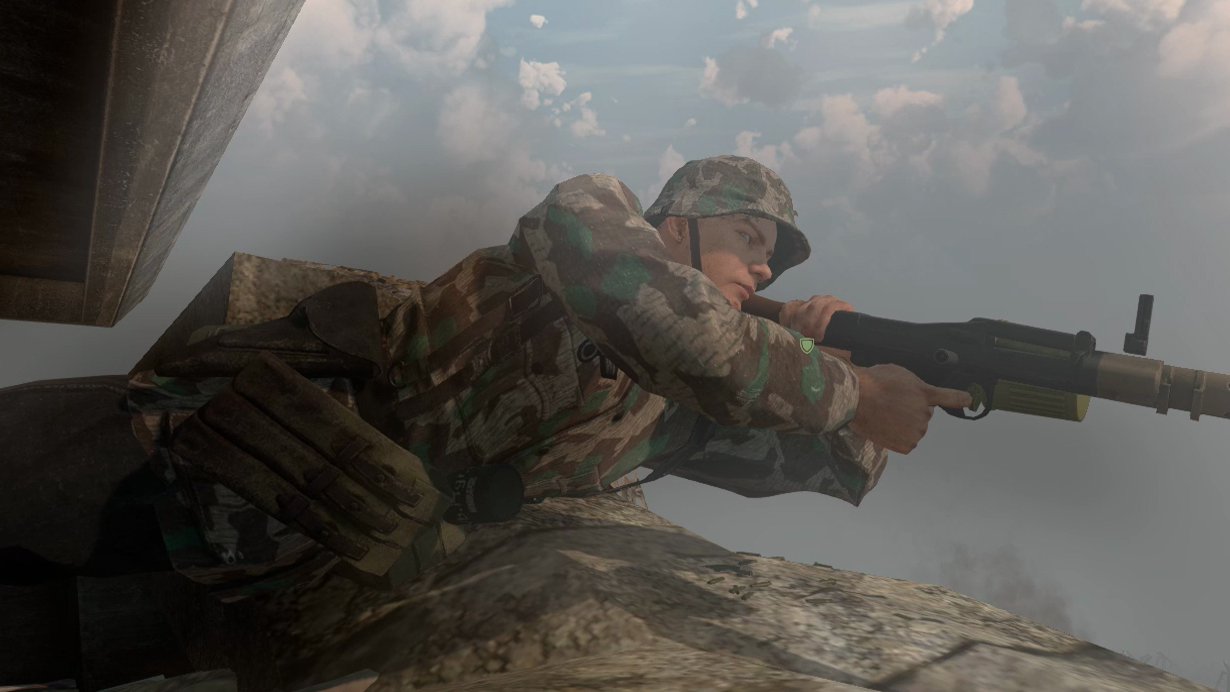


These midget subs were about 24 meters (80 feet) long, and held only one or two crewmembers. The evening before the aerial assault, nearby Japanese submarines launched five midget submarines in the waters around Oahu. The assault also included the use of submarines. Navy, the assault included aircraft carriers, cruisers, oilers, battleships, and destroyers. The Japanese attack was not limited to aircraft. By the time the Japanese left the area about 1 p.m., they had lost 29 planes. lost more than 160 planes, with almost as many damaged.Įventually, American anti-aircraft guns and a few Army Air Corps pilots began to attack Japanese aircraft. These targets held planes and airstrips, so the attack delayed the ability of the United States to respond. Neighboring military facilities on Oahu were also hit by the Japanese air strike, including Marine Corps Air Station Ewa, Marine Corps Air Station Kaneohe Bay, and Wheeler Field and Hickam Field, operated by the Army Air Corps. In all, more than 20 ships were damaged in the attack. The Arizona was a complete loss, and the carcass of the ship is an underwater memorial in Pearl Harbor. ships were sunk or beached during the Japanese offensive, including the U.S.S. It was the greatest loss of life of any warship in American naval history.”Īlong with the U.S.S. One thousand, one hundred seventy-seven officers, sailors and Marines were killed. “The ship literally erupted in a ball of flame and lifted out of the water, but effectively the Arizona’s life was extinguished. Arizona’s forward magazine and ignited over a million pounds of explosives,” Martinez says. dropped the fatal bomb that went into the U.S.S. “The group of planes that flew over about 8:06 a.m.
#DAY OF INFAMY SERIES#
Most of the fleet was aligned in “ Battleship Row,” a series of docks holding the battleships West Virginia (with a crew of 2,300), California (2,200), Tennessee (2,200), Maryland (2,100), Oklahoma (1,300), Nevada (1,500), and Arizona (1,500), and the repair ship Vestal (466). The Japanese assault devastated the Pacific Fleet. They were also agile, able to engage in steep climbs and drops. Zeroes had an enormous range, able to fly more than 2,500 kilometers (1,560 miles) from their aircraft carrier. The second wave was composed of dive-bombers and “ Zeroes,” perhaps the best fighter aircraft used in WWII. The air torpedoes used by these planes were equipped with rudders, which allowed them to operate in shallow water-such as a harbor. The assault, involving more than 350 planes, came in two major “waves.” In the first wave, torpedo planes targeted the docked Pacific Fleet. Torpedo planes are bombers designed to attack ships, and they were only part of the massive air assault deployed by the Imperial Japanese Navy at Pearl Harbor.

“On the battleship Nevada, they are playing ‘The Star-Spangled Banner’ as the torpedo planes are gliding in.” “ are getting ready for morning colors, church services, day-to-day duties, preparing to raise our flag,” the historian says. The idea of a surprise attack was key to their success.”Īmerican military personnel were involved in typical early-morning duties when the attack began, Martinez says. “It was to immobilize the Pacific Fleet and to take the Pacific Fleet out of action from at least six months to a year. “The Japanese strategy for the attack was pretty straightforward,” Martinez says. Hawaii was not a state at the time, and the fleet had only moved from California a year earlier. As tensions between the two nations escalated, the United States made Pearl Harbor the homeport of the Pacific Fleet, a group of U.S. Relations between the United States and Japan had been deteriorating long before the attack, says Daniel Martinez, chief historian at the World War II Valor in the Pacific National Monument in Honolulu, Hawaii. military and American entry into World War II. The attack on Pearl Harbor resulted in the loss of 2,341 members of the U.S. On December 7, 1941, the sky over Pearl Harbor, on the Hawaiian island of Oahu, darkened with a wave of attacking Japanese aircraft.


 0 kommentar(er)
0 kommentar(er)
